1.创建:单引号, 双引号, 三引号 (转义字符: \', \\", \n, \t)
2.特性:
索引:s[第几个]
切片:s[从哪里开始切(默认是0),切到哪里(默认字符串长度),步长多少(默认是1)],可以复制,很重要,
成员操作符(重要):in, not in ,判断子串是否在其中
4.字符串的常用方法:
1.判断字符串有什么组成 s.isdigit()(是否由纯数字组成)...
s.startswith('http://')
s.endswith('.png')
s.strip(),s.lstrip(),s.rstrip,s.replace(" ", "")
4.字符串对齐格式化:左对齐,右对齐,中间对齐
s.center(40, "*")
s.ljust(40, "*")
s.rjust(40, "*")
ip = '172.25.254.250'
ip.split('.')
a = info.split()括号内要写出使用什么分隔符将字符串分隔开来
'+'.join(a) ##用加号将字符串连接起来
cmp,len(重要,比较两个字符串的大小),max,min,枚举enumerate(s),zip
元组
# # 元组(带了紧箍咒的列表)
#
#
# ## 元组的创建
# - 通过赋值方式创建元组;
# - 通过工厂方法创建元组
# tuple
# 可以把元组看作一个容器,任何数据类型都可以放在这个容器里面;
t = (1, 1.0, 2j, True, (1,2,3))
print t
t = (1)
print type(t)
# 定义单个元组,一定要在这个元素后面加逗号
t1 = (1,)
print type(t1)
# 工厂方法
t = tuple()
print type(t)
# ## 元组的操作
#
# - 索引
# - 切片
# - 连接
# - 重复
# - 成员操作符
t = ("fentiao", 5, "male")
# 正向索引
print t[0]
# 反向索引
print t[-1]
# 元组嵌套时元素的访问
t1 = ("fentiao", 5, "male", ("play1", "play2", "play3") )
print t1[3][1]
# 切片
print t[:2]
# 逆转元组元素
print t[::-1]
# 连接
print t + t1
# 重复
t*3
# 成员操作符
allow_ips = ('172.25.254.1', '172.25.254.12', '172.25.254.13')
if "172.25.254.1" in allow_ips:
print "有访问权限"
else:
print "无访问权限"
# ## 元组的循环
# 字符串的循环:
# 可迭代对象
for i in "hello":
print i
# 元组目前接触的第三个可迭代对象;
allow_ips = ('172.25.254.1', '172.25.254.12', '172.25.254.13')
for ip in allow_ips:
print ip
# ### Demo: 端口扫描器雏形
#
#
#
ips = ('172.25.254.1', '172.25.254.12', '172.25.254.13')
ports = (80, 8080, 21, 22)
# 依次读取需要扫描的ip;
for ip in ips:
# 依次读取要扫描的端口
for port in ports:
print "[+] Scaning %s:%d" %(ip, port)
# ## 元组可用的内置方法
print cmp(('a', 1,2,3,4), (1, 2,))
print max((12,34,12,56))
print min((12,34,12,56))
# 枚举
ips = ('172.25.254.1', '172.25.254.12', '172.25.254.13')
for i,j in enumerate(ips):
print i,j
# zip:
username = ("user1", "user2", "user3")
password = ("123", "456", "789")
zip(username, password)
# ### 自动售货系统部分代码
# 枚举的使用
goods = (
("Apple", 2),
("Ipad", 4000),
("iWatch", 3500)
)
print "商品编号\t商品名称\t商品价格"
for index, value in enumerate(goods):
print "%.3d\t%s\t%.2f" %(index, value[0], value[1])
# ## 元组的常用方法
t = (2, 1, 1, 2)
print t.count(1)
print t.index(1)







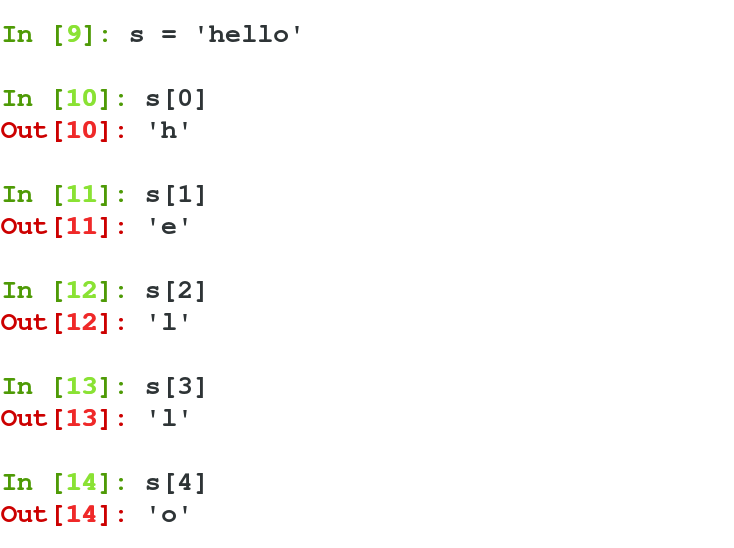
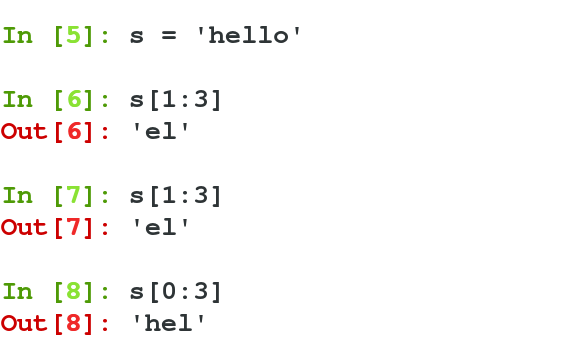
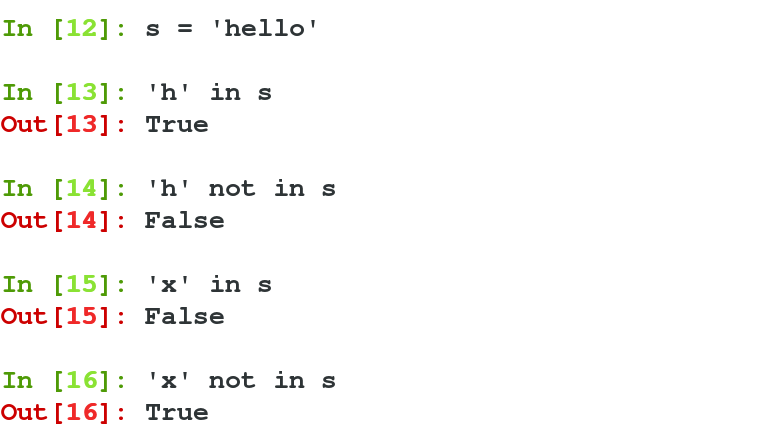
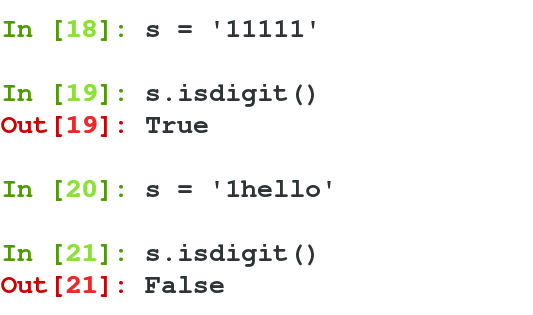

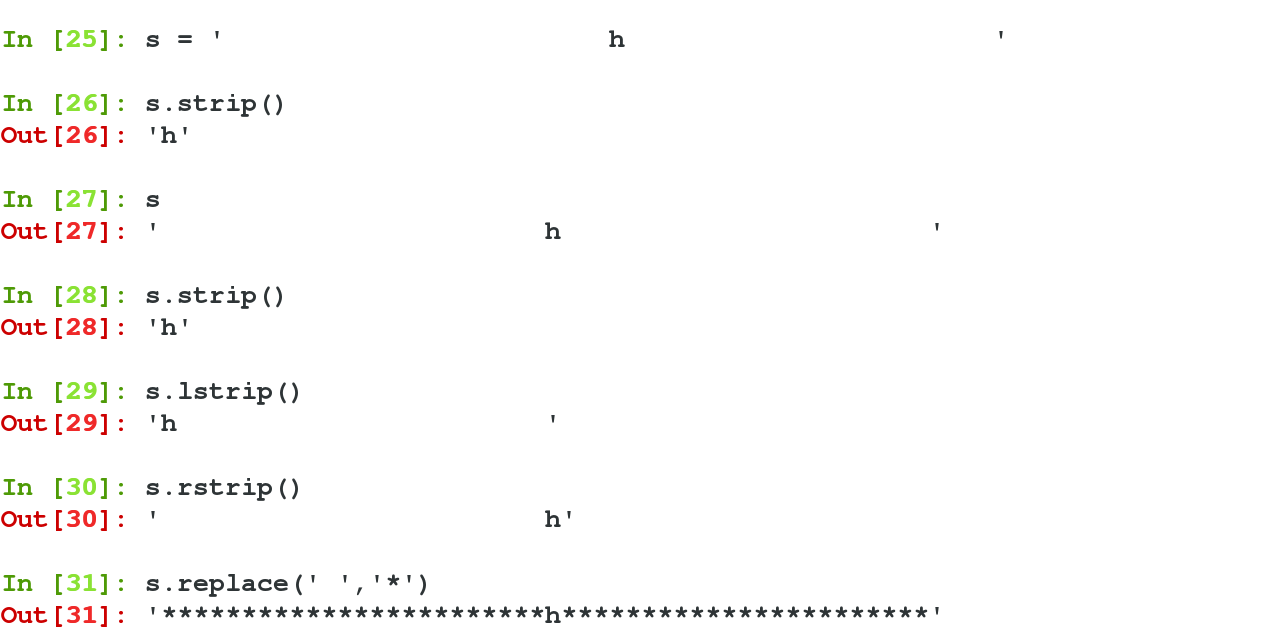
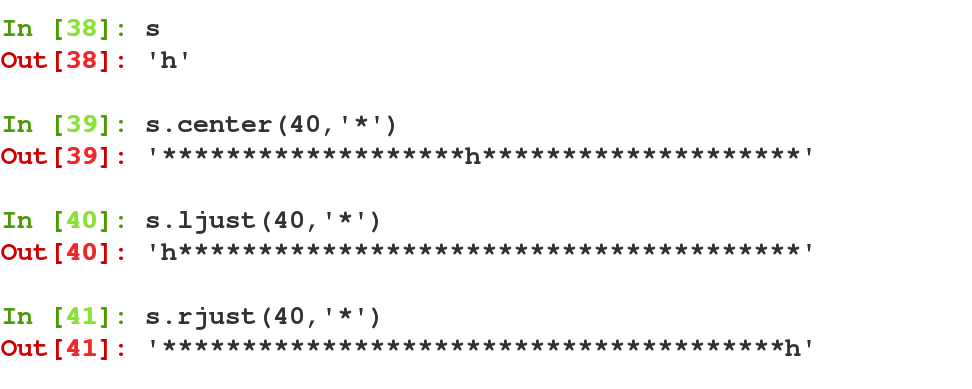
















 3318
3318

 被折叠的 条评论
为什么被折叠?
被折叠的 条评论
为什么被折叠?








